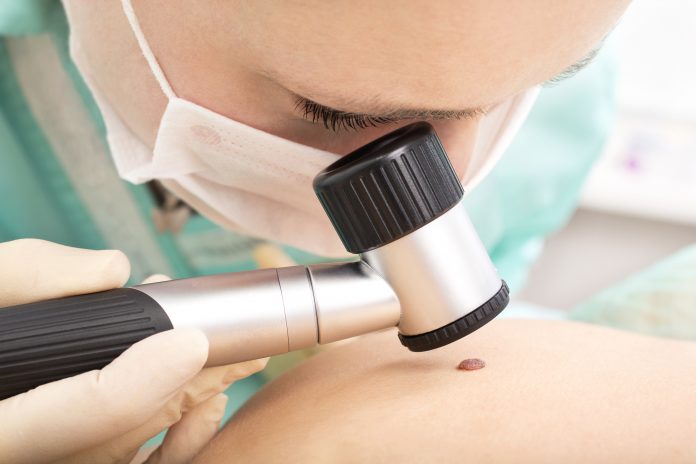An STFC-funded project has successfully implemented astronomical techniques, used for star-gazing, to detect and track the evolution of cancerous moles
The Science and Technology Facilities Council (STFC) Impact Acceleration Account (IAA) scheme has funded a project which uses technology that takes surveys of the night sky to detect early signs of cancerous moles.
The University of Southampton has partnered with the Oxford University NHS Trust to demonstrate that astronomical techniques can be used to detect, classify and track the evolution of moles from routine NHS imaging.
MoleGazer
The project, ‘MoleGazer’, has now been awarded an ERC Proof-of-Concept grant to routinely image 50 patients.
Each patient has a high risk of developing melanoma and will be imaged every three months over a 24-month period, to characterise and predict how moles and skin lesions evolve into melanoma.
Project investigator Dr Mathew Smith explained:
“Based on an idea generated at an STFC workshop, STFC IAA funding has kickstarted the Mole-Gazer project. Having shown that our idea can work, we’ve moved on to the next stage: a fully funded medical study to test the feasibility of detecting melanoma in real-time, potentially leading to earlier diagnoses and improving survival rates.”
IAA funding will continue into 2022, funding similar projects across the STFC core science portfolio.











